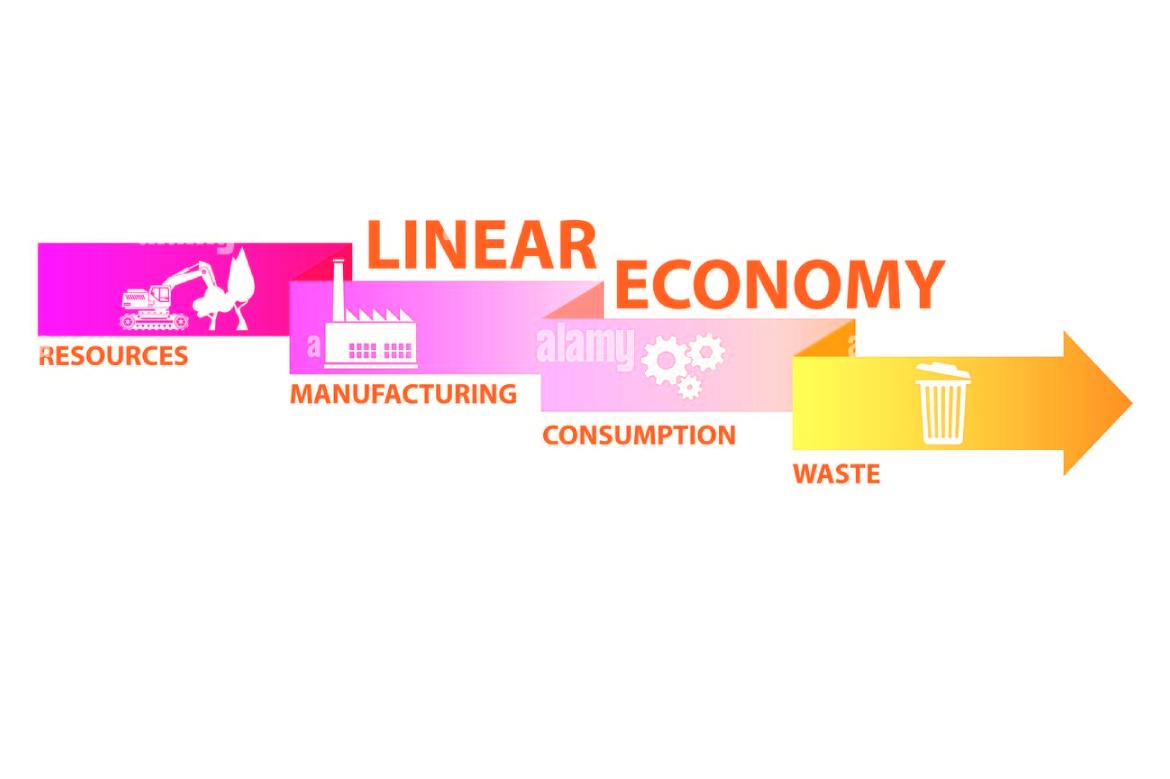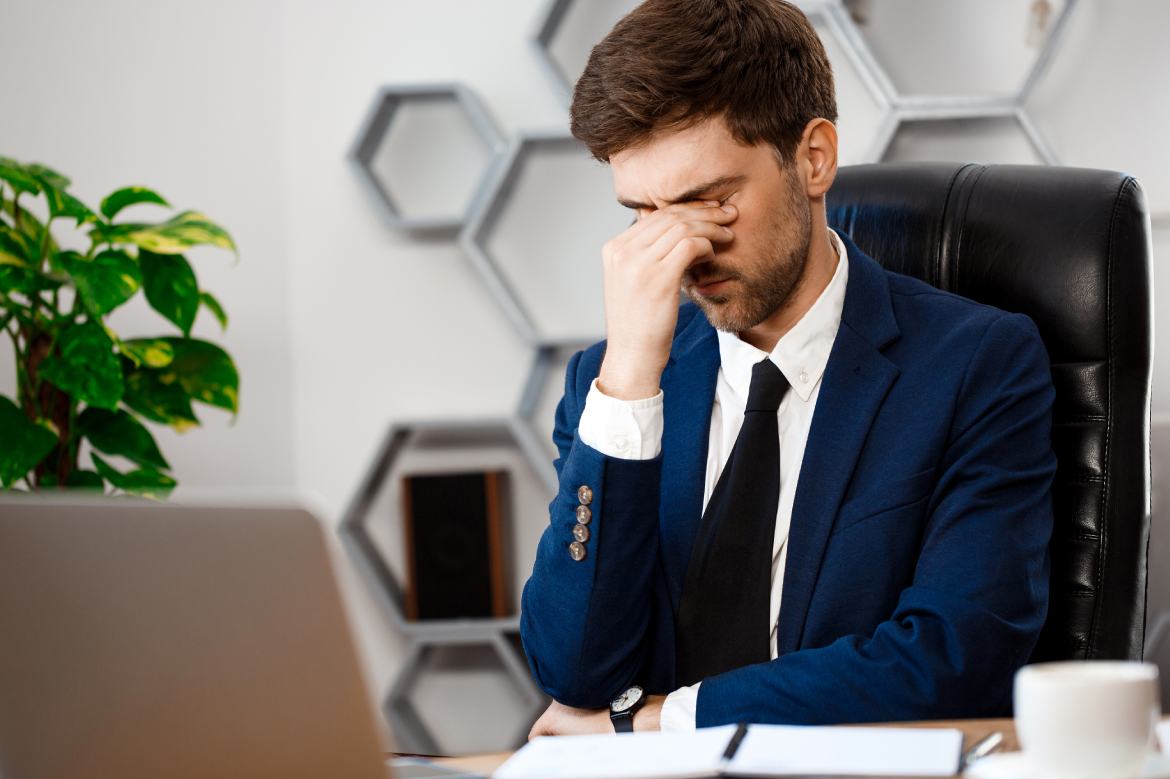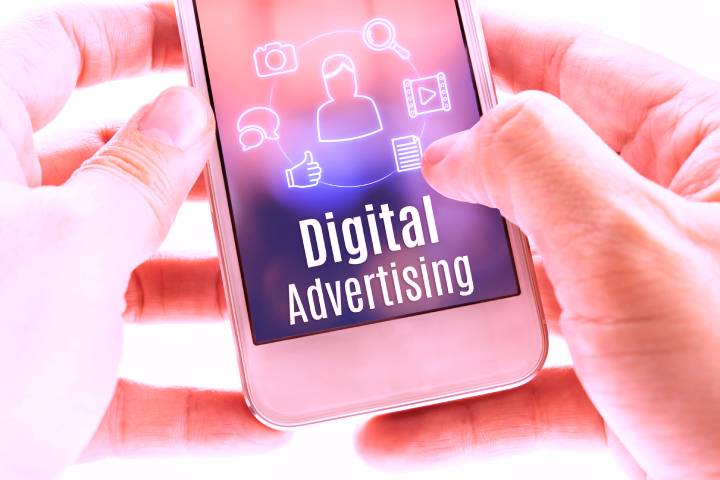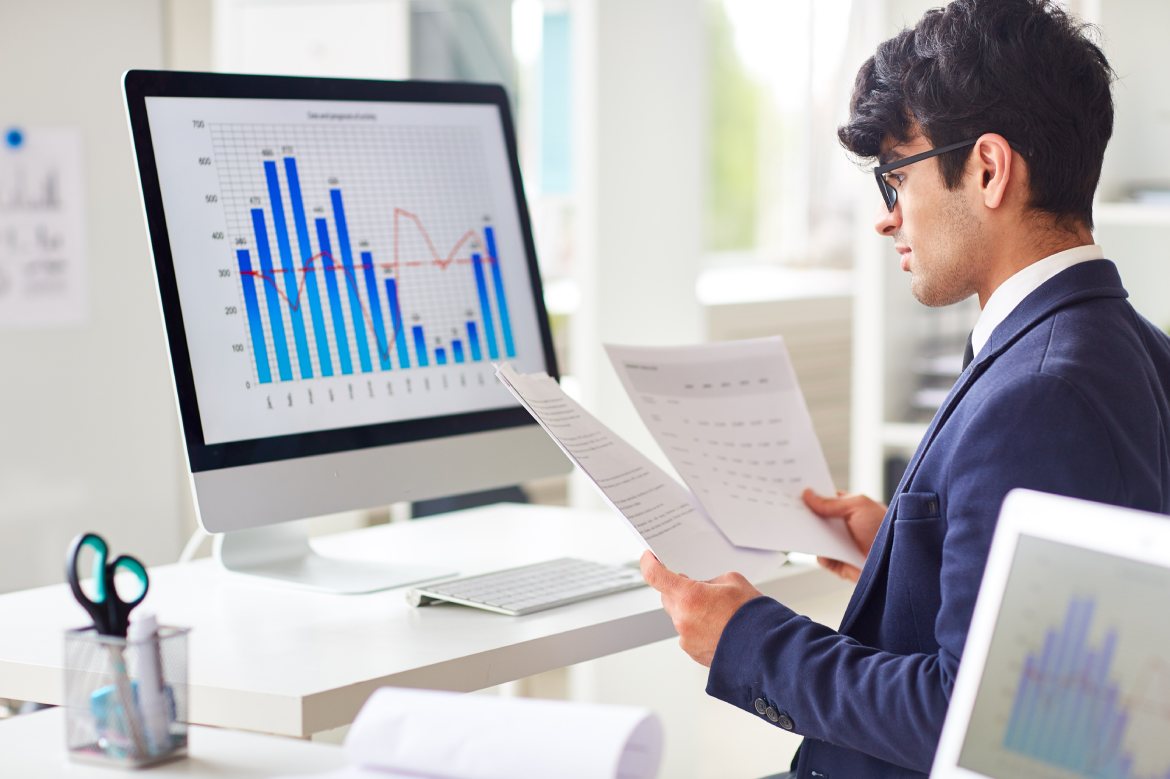The linear production model has dominated global industrial systems since the Industrial Revolution. In the linear economy, raw materials and resources are extracted from the earth anywhere in the world, refined or processed, and then transported to factories (often in places other than where they originate), where they intervene in processes that give rise to various products. These are then transported to their final destinations, purchased by consumers, used, and discarded when they have expired, become obsolete, or replaced newer versions.
And what happens to products that are no longer used? In the linear economy, most are taken to landfills or incinerated. This means that only a small part is recycled or recovered. The waste and energy expenditure is significant and accumulates, resulting in substantial losses.
The question is how this system is sustained. In the literal sense of the word, it is clear that it is not sustainable. But low resource and labour prices help keep the economy linear.
Table of Contents
What Characterizes The Linear Economy?
The linear economy is distinguished by the ease of acquiring new resources and the low costs of eliminating waste. It is an outdated model that creates problems for business, society and our planet.
What Are The Risks Of The Linear Economy?
We are causing dangerous climate change by burning fossil fuels, using fertilizers and cutting down forests, all of which generate greenhouse gas emissions.
What do you do with the packaging in which you receive the products you consume? The usual thing is to discard them. Often this means they are sent to landfills, incinerated, or exported overseas to destinations where materials can be recovered without compromising the process by strict safety regulations.
And it is not the worst. Every year “we extract around 90 billion tons of natural resources for consumption. Based on current trends, that number is likely to double by 2050.” This would mean that the more than 12 tons for each person on the planet used now could reach 24.
Furthermore, we recycle very little. A recent report reveals that we reclaim less than 10 per cent of our resources to convert them into new products. “In the European Union it is estimated that recycling reaches 12 percent – 0.88 million tons recycled of the 7.5 million tons of resources used each year.”
What Is The Alternative To Linear Economics?
The best option is to leave the linear system behind and move towards a circular economy, where the search for efficiency, use of resources and measure are the guiding principles.
The circular economy prioritizes the generation of value, preventing it from seeping out of our system; It favours the recovery of materials and avoids the perpetuation of unnecessary losses of resources.
What Is The Circular Economy?
A circular economy is an alternative to a traditional linear economy (take, make, waste). It seeks to reduce waste, recovers resources at the end of a product’s useful life and funnels them back to production, significantly reducing pressure on the environment.
In a circular economy, manufacturers design products to be reusable. For example, electrical devices are designed so that they are easier to repair. Products and raw materials are also reused to the greatest extent possible. For example, they recycle plastic in granules to make new plastic products.
To achieve a truly sustainable circular economy, consumption and production practices should change together. A sustainable circular economy involves designing and promoting durable and can be reused, repaired and remanufactured. This is what companies such as IKEA, Adidas or Burger King, among others, are doing.
Also Read: International Finance: 7 Planning Keys




